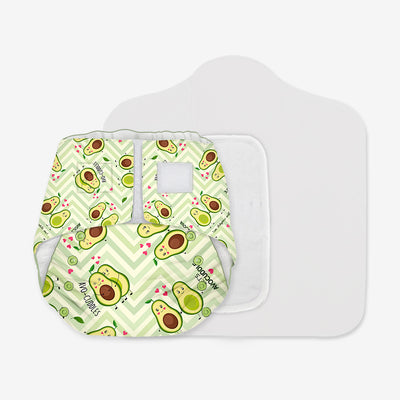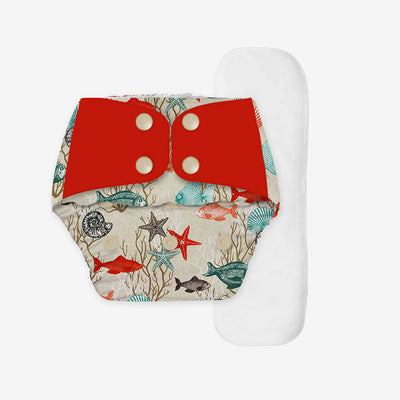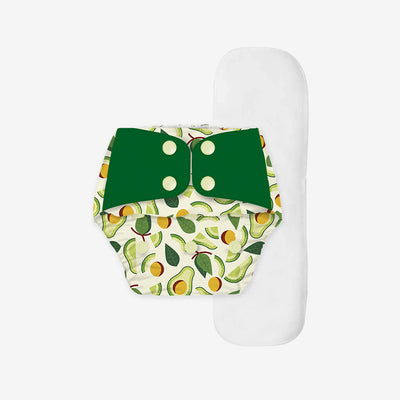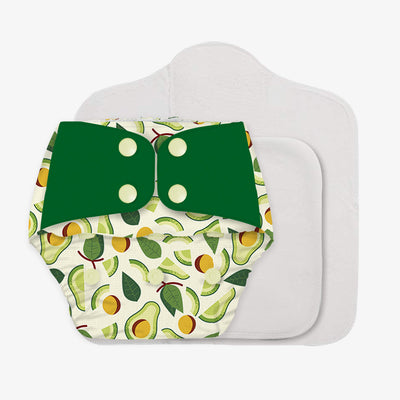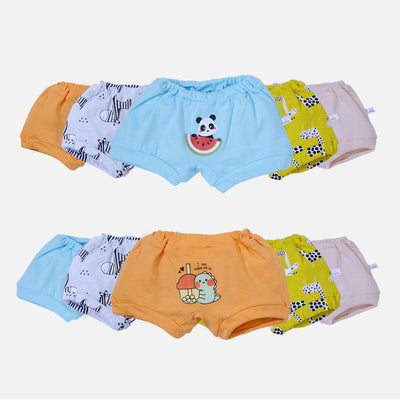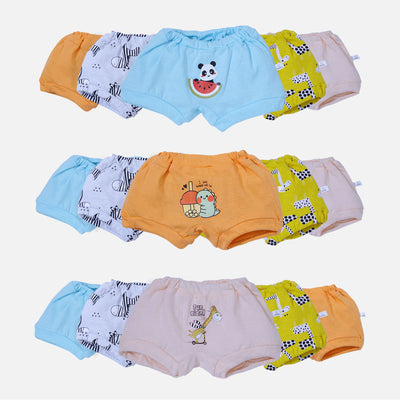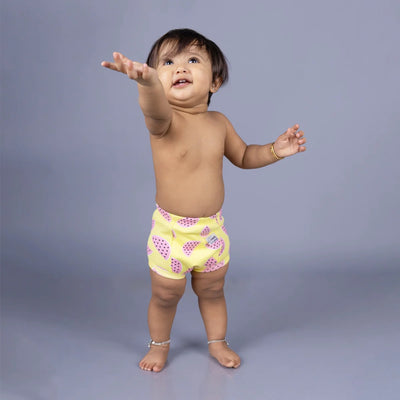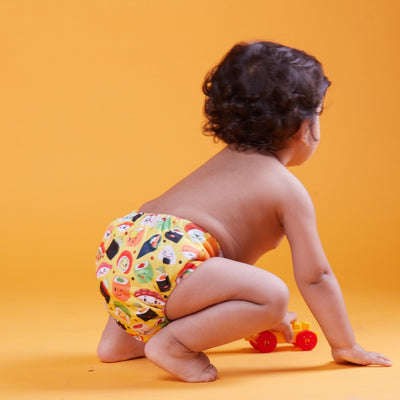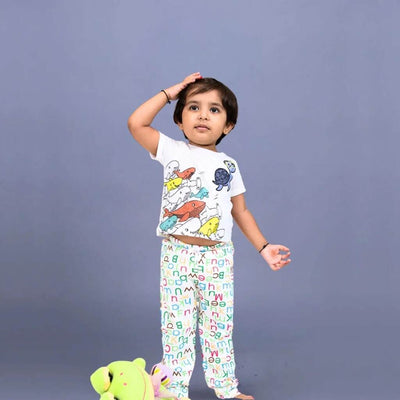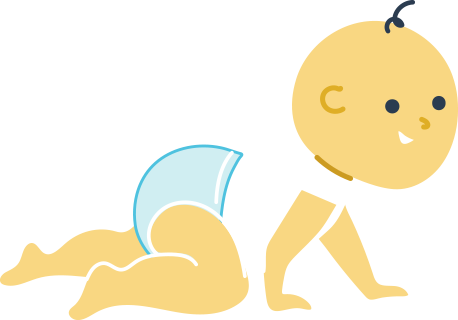From past to present: The evolution of cotton langots.

The cotton langot, a traditional Indian diaper made from soft, breathable fabric, has a history that spans centuries. Crafted from natural cotton, its simple yet effective design has provided comfort to generations of newborns. Even today, the cotton langot remains a popular choice for parents due to its gentleness on delicate skin and its eco-friendly nature. In this blog post, we'll explore the evolution of the cotton langot, highlighting its role as both a practical solution and a symbol of cultural heritage and sustainable diapering.
From Swaddles to Sustainability: The Enduring Evolution of the Cotton Langot.
The cotton langot, a traditional Indian diaper, has a rich history that stretches back centuries. Its simple design and natural materials have served countless generations, and even today, it remains a popular choice for many parents. In this blog post, we'll delve into the fascinating evolution of the cotton langot, exploring its journey from a practical necessity to a symbol of cultural heritage and eco-conscious diapering.
Early Beginnings: The Langot Through the Ages
The exact origin of the cotton langot is shrouded in the mists of time. Archaeological evidence suggests similar diaper-like garments were used in ancient India, likely made from natural fibers like cotton and hemp. These early langots were primarily functional, and designed to keep newborn babies clean and comfortable. As weaving techniques and textile production advanced, the cotton langot became more refined.
In recent years, there has been a renewed interest in cotton langots. Parents are rediscovering the benefits of these traditional diapers, including:
Affordability: Cotton langots are significantly cheaper than disposable diapers, making them a cost-effective solution for families. A one-time investment in a set of Snugkins Langots can offer long-term savings compared to constantly buying disposable diapers.
Sustainability: Langots for newborns are reusable and generate minimal waste, making them a much more eco-friendly option.
Breathability: Langots are typically made from breathable cotton fabric, allowing air circulation around the baby's delicate skin. This helps prevent rashes and irritation and keeps the baby comfortable.
Comfort: The natural materials of cotton langots allow newborn babies to have better breathability, potentially reducing diaper rash and discomfort. The soft and gentle fabric of langots provides a cozy and comfortable experience for newborns. Unlike some disposable diapers, langots don't contain any harsh chemicals or synthetic materials that may cause discomfort.
Custom Fit: Langots can be easily adjusted to fit the baby's size, providing a snug and secure fit. This customizable aspect ensures that the diaper doesn't sag or leak, reducing the risk of messes.
Eco-Friendly: Using langots for newborn is environmentally friendly as they are reusable and washable. This helps in reducing waste generated by disposable diapers, contributing to a more sustainable lifestyle.
Promotes Awareness: Cloth diapers like langots can help parents become more attuned to their baby's elimination patterns. This awareness may aid in early recognition of cues for when the baby needs to pee or poop, facilitating prompt diaper changes and potentially aiding in the early stages of potty training.
Cost-Effective: While there is an initial investment in purchasing langots, they are a cost-effective option in the long run as they can be reused multiple times. This can lead to significant savings compared to constantly purchasing disposable diapers.
Cultural Significance: In many cultures, langots hold cultural significance and are considered a traditional way of diapering newborns. Using langots may help families connect with their cultural heritage and traditions.
Benefits Enduring: Why the Langot for Newborn Has Stood the Test of Time. The cotton langot's enduring popularity can be attributed to its numerous benefits.
Ancient Origins: We delve into the historical roots of cotton langots tracing their origins back to ancient civilizations such as the Indus Valley Civilization and ancient Egypt. These early langots were simple cloth strips used for modesty and support.
Innovation and Adaptation: How cotton langots have evolved over time through innovation and adaptation. From the introduction of new weaving techniques to the incorporation of modern materials, langots have undergone significant transformations to meet the changing needs of wearers.
Practicality and Functionality: Discover the practical benefits of cotton langots, including their comfort, breathability, and support. Explore how these qualities have contributed to the enduring popularity of langots across different cultures and time periods.
A Legacy Woven in Cotton
As we conclude our journey through the evolution of cotton langots, we reflect on their enduring legacy and significance in today's world. From their ancient origins to their modern adaptations, cotton langots remain a symbol of tradition, comfort, and cultural heritage. By incorporating reusable cloth nappies like the Snugkins Cotton Langot into daily routines, parents can embrace sustainable, gentle, and cost-effective diapering solutions.
Let's celebrate the timeless appeal of cotton langots and the rich stories they carry from generation to generation, continuing to provide comfort to newborns in an eco-conscious world.


